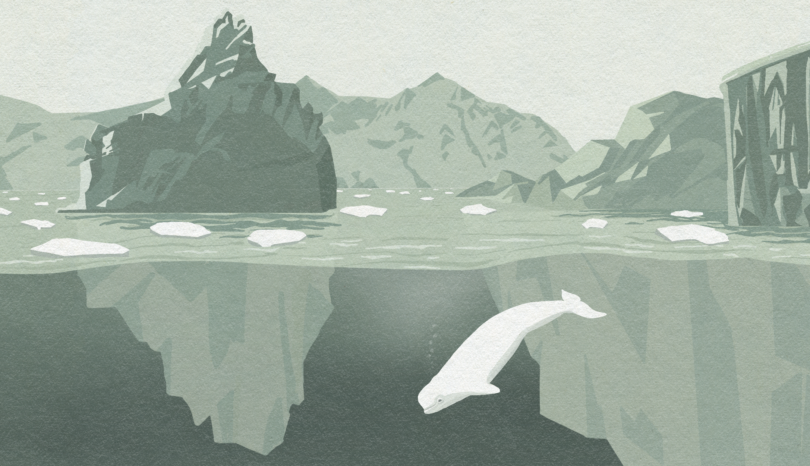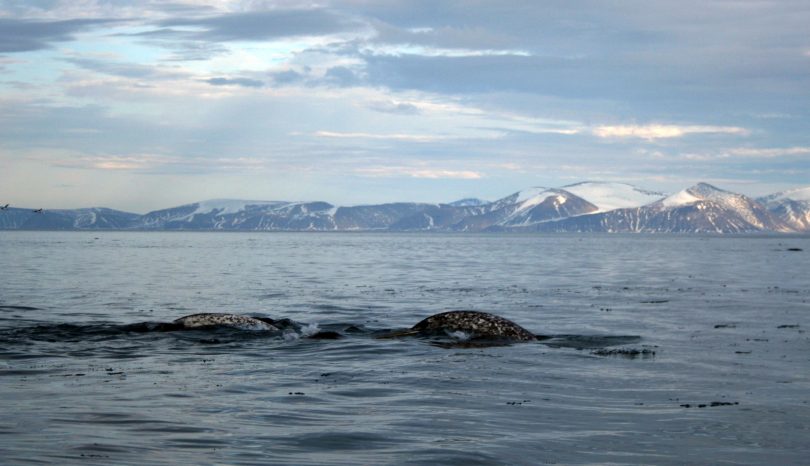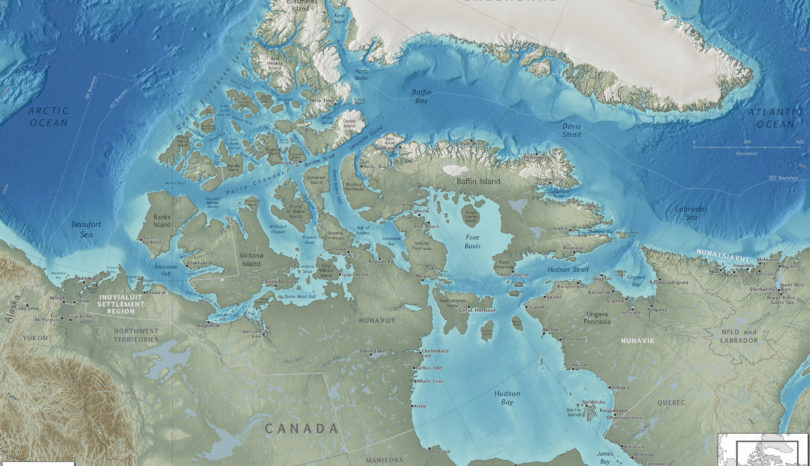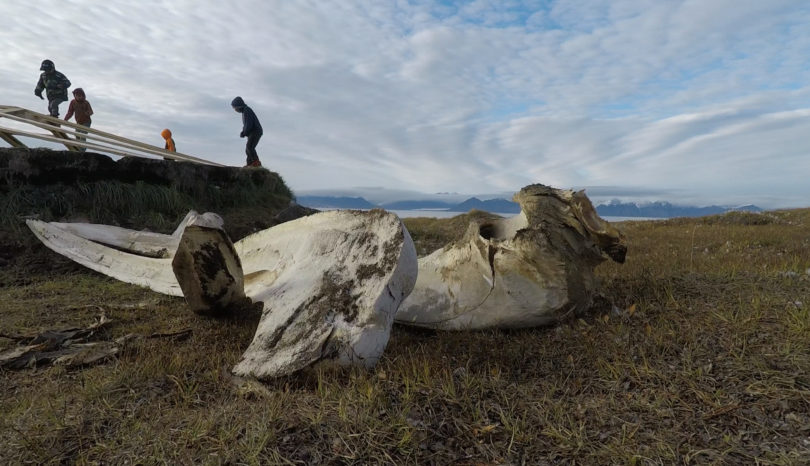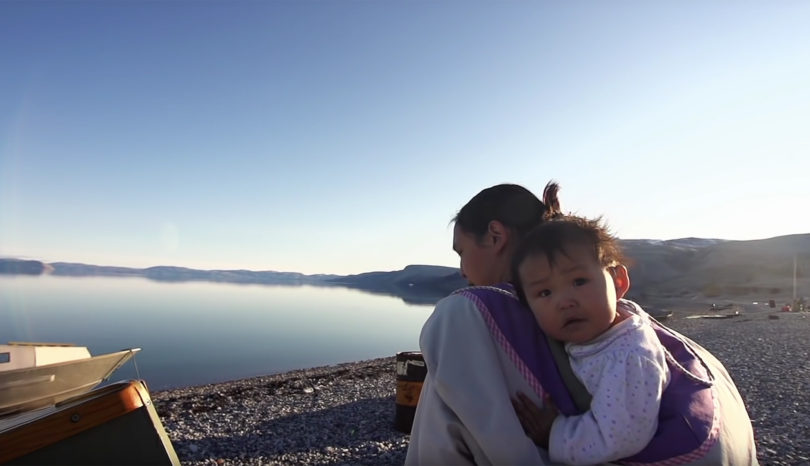Floe Edge Blog

Containers sit at port.
Credit: Adobe Stock

Exhaust from a large container ship.
Credit: Adobe Stock

The first sunrise of the new year in Grise Fiord.
Credit: Adobe Stock

Harvesters from the beluga exchange process the whale they caught earlier that day.
Credit: Alex Tesar
What We’re Working On
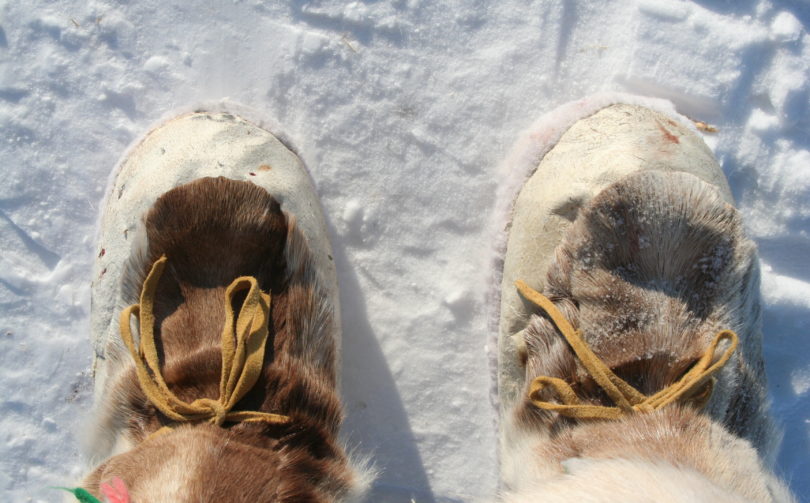
Sealskin kamiks, Mittimatalik (Pond Inlet), Nunavut.
Credit: Kristin Westdal
Arctic Science & Indigenous Knowledge
Sustainable Arctic conservation draws on the best information to support a healthy marine environment and thriving Arctic communities.
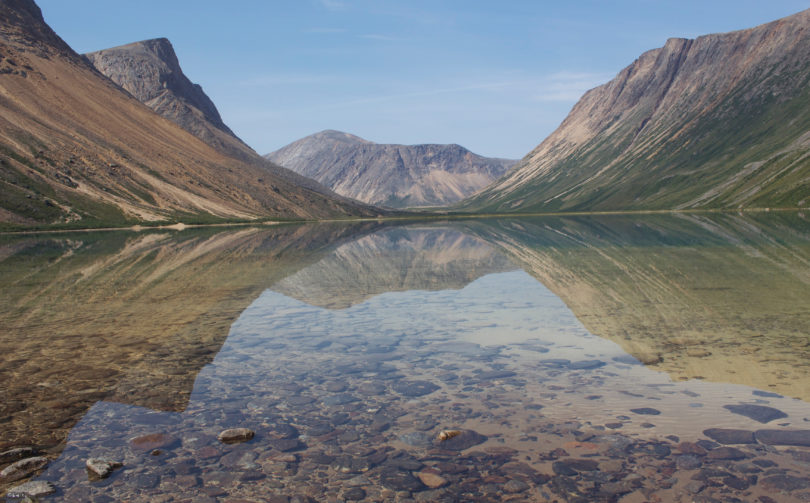
Torngat Fjords, Nunatsiavut.
Credit: Kristin Westdal
Indigenous Protected Areas & Marine Conservation
Building a network of Arctic marine conservation areas identified and managed by Inuit will encourage resilient ecosystems that support a traditional way of life.
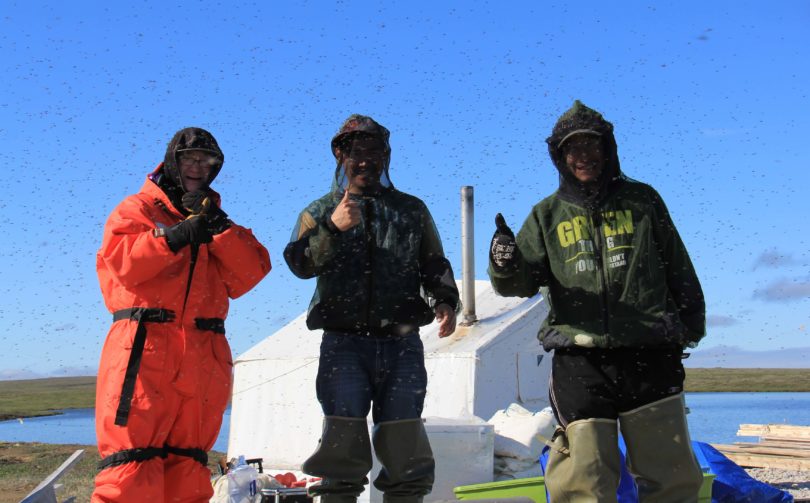
Staff brave the bugs while collecting data on belugas for Inuvialuit community-based monitoring program near Paulatuk, Northwest Territories.
Credit: Louie Porta
Conservation Jobs & Training
Indigenous Arctic experts should be hired to oversee marine conservation areas and monitor ecosystems.


